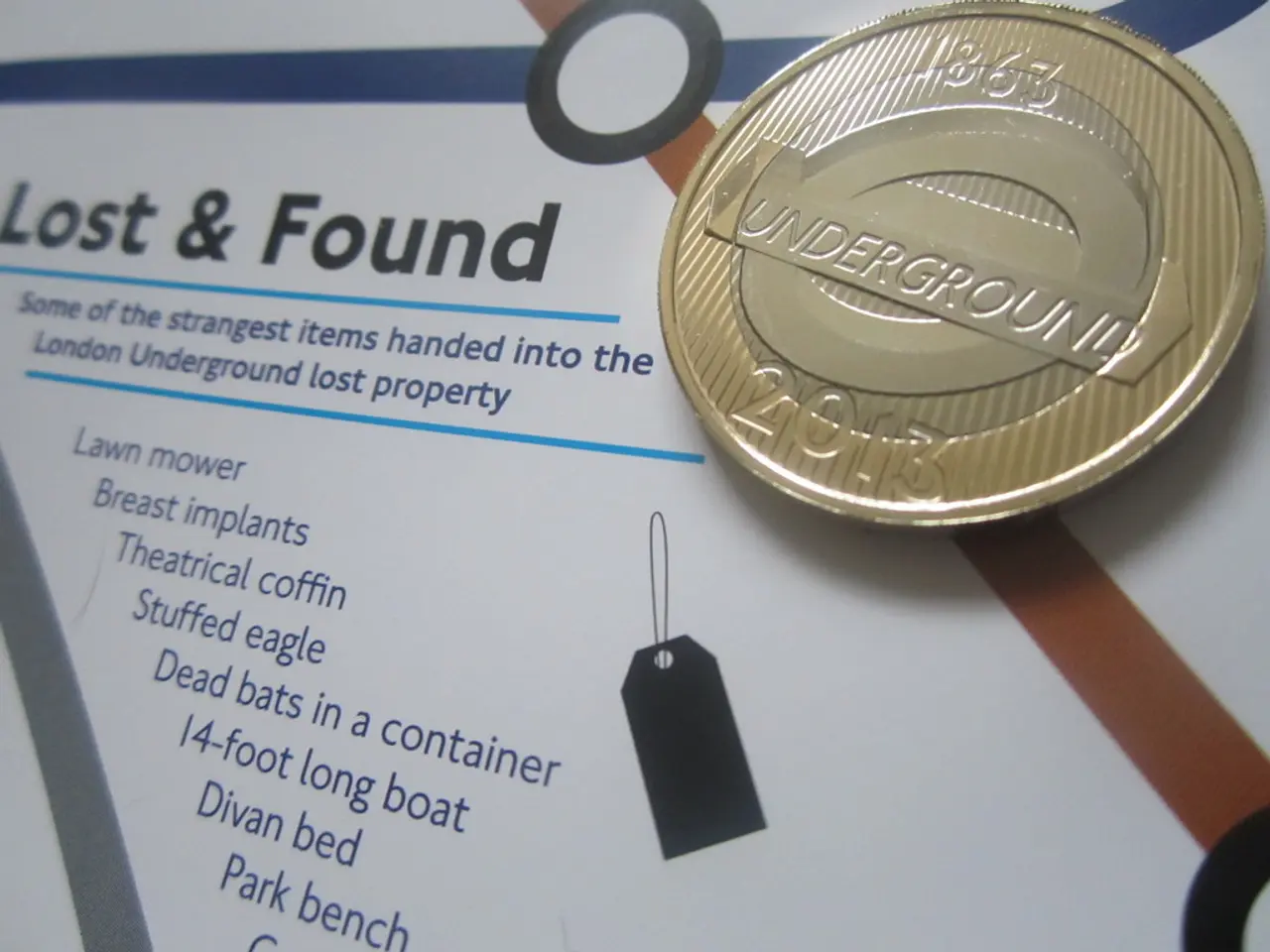Strategies for Amassing a Million Dollars From a Thousand, as Revealed by a Prominent Financial Consultant
**Supercharging Wealth Growth with a Small Initial Investment**
For those looking to grow their wealth with a modest starting point, low-cost index funds could be the answer. Here's a strategic approach to supercharge your wealth growth with an initial investment of just $1,000.
**1. Invest in Low-Cost Index Funds or ETFs**
Exchange-traded funds (ETFs) or low-cost index funds should be your primary investment vehicles. ETFs often have low expense ratios, meaning less of your returns are consumed by fees, and many ETFs have share prices well below $100, allowing you to diversify even with $1,000. Index funds provide broad market exposure, reducing single-stock risk and helping you capture the general market's growth over time.
**2. Consider Fractional Shares for Diversification**
If a single share is too expensive, buy fractional shares to build a diversified portfolio. This allows you to invest across multiple ETFs or stocks with your $1,000 and benefit from diversification, a key factor in managing risk.
**3. Utilize a Robo-Advisor for Simplicity and Discipline**
If picking funds feels overwhelming, use a robo-advisor, which automates portfolio allocation based on your risk tolerance and goals. They typically invest in low-cost funds and help maintain your investment strategy without emotional interference.
**4. Commit to a Long-Term Investment Horizon**
Stay invested over the long term to let compounding work in your favor. Market downturns are normal; those who hold steady typically benefit from recovery and growth rather than panic selling. Avoid trying to time the market or chasing quick gains, as emotional decisions often lead to poor outcomes.
**5. Keep Costs and Taxes Low**
Minimize expenses by choosing funds with low fees. Be mindful of tax-efficient accounts like IRAs or 401(k)s if available, to let your investments grow tax-advantaged, further boosting long-term returns.
The table below summarises these strategies:
| Strategy | Benefit | Notes | |--------------------------------|--------------------------------------|---------------------------------------| | Low-cost index funds/ETFs | Broad market exposure, low fees | ETF minimums often < $100 | | Fractional shares | Diversification on a small budget | Build a diversified portfolio | | Robo-advisors | Automated, unbiased portfolio management | Good for beginners or hands-off investors | | Long-term holding | Compounding growth, avoid market timing | Resist emotional selling during volatility | | Tax-efficient accounts & low fees | Maximize net growth | Use IRAs/401(k)s if possible |
By following these strategies, you can intelligently grow your $1,000 over time, leveraging market growth and compounding, while minimizing costs and emotional pitfalls.
Starting to invest at age 32 and investing $1,000 annually with 10% annual returns could result in over $160,000 by age 62, assuming no taxes. Every investor can find an investment that returns about 10% on average over time. Working with a financial advisor can guide you through market volatility and educate you on how to make smart investing decisions.
Using tax-free accounts like a 401(k) plan or an IRA can defer or avoid taxes on gains, allowing for faster compounding of money. A professional can help you achieve your financial goals. Some low-cost S&P 500 index funds charge as low as $3 annually for every $10,000 invested. An index fund based on the S&P 500 index, which includes hundreds of America's top companies, has returned about 10% per year on average over long periods. Emotional decision-making should be avoided during market volatility.
- To make a strategic start to wealth management with a small investment, consider investing in low-cost index funds or ETFs to maximize broad market exposure and minimize fees.
- For those interested in personal finance, employing a robo-advisor can provide simplified, automated, and disciplined investment options, especially helpful for those new to finance and investing.








